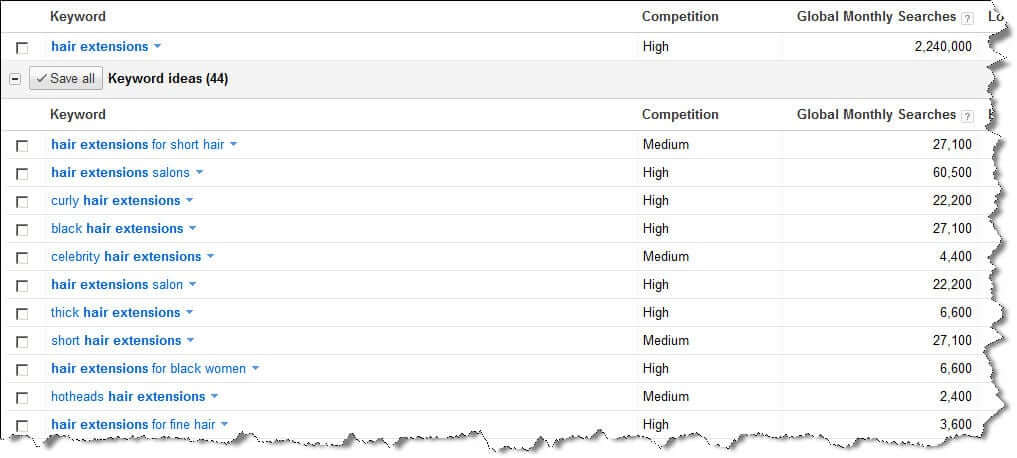Getting your blog noticed requires careful crafting and skillful promotion.
 When you think “social media” in relation to your online sales efforts, do you only consider major networks like Twitter and Facebook?
When you think “social media” in relation to your online sales efforts, do you only consider major networks like Twitter and Facebook?
Blogs are possibly the best tools for drawing in potential customers. You can set your own post length. You can use other social media venues to drive traffic to your blog. You can do free, unlimited promotion of your brand (quietly).You can meet a wide variety of company goals with them.
Blogs combine the interactivity of online communication with the freedom and flexibility of content publishing. Only you’re the publisher now. You’re in control, which can be both an exciting and frightening prospect.
The Most Basic Rule
What can you do to compete amidst all the noise? First, make sure that your post is written clearly and simply, and that you’ve proofread it carefully. Poor spelling, punctuation and grammar can sink your blog, fast.
 Some people won’t notice, but most will. It makes you look unprofessional, inattentive and just plain sloppy. And it affects the overall impression that people have of you and your company, telling them something about your attention to detail and accuracy. Hire a freelance copy editor if you need to.
Some people won’t notice, but most will. It makes you look unprofessional, inattentive and just plain sloppy. And it affects the overall impression that people have of you and your company, telling them something about your attention to detail and accuracy. Hire a freelance copy editor if you need to.
Help Prospects Find You
If someone typed your exact company name in a search engine, they’d be likely to get a hit for your blog.
But to get leads – and ultimately, sales – from your blog, you need to be proactive. You want people who don’t know you to find you, individuals and companies that might be a perfect match for your products or services. If you own a hair salon that specializes in extensions, for example, you want to appear high on the results list if someone types something like, hair extensions [your city and state] in Google.
So think carefully about the words and phrases that people might search on to find businesses like yours. Sprinkle these keywords throughout your post, especially near the beginning of your titles and in subheads and bulleted lists. Google even provides a tool to help you select effective keywords. Go to Google AdWords (you don’t have to create an ad campaign to use the tool even if you set up an AdWords account) and sign into your Google account.
On the next screen, click Tools and Analysis | Keyword Tool. Enter a Word or phrase and select a category. Google AdWords will display a table with suggestions and some information about your competition for that keyword. Advanced options provide additional help.
NIMBLE TIP: You might also find that some of your tags and custom fields in Nimble would make good keywords.
Tooting Your Own Horn
Writing a compelling, thought-provoking blog post that tells a story or solves a problem is only half the battle. What you do after you’ve composed your blog posts is just as important as your actual content in terms of attracting possible customers. Here are a few suggestions:
- Go to places like LinkedIn Answers and relevant group forums, as well as Facebook Groups and Twitter chats – and, yes, other blogs in your industry — and mingle. Answer questions, and ask them. Don’t push product information; just give away information.
- Post frequently, at least 3-4 times a week. Studies have shown that you’ll get more traffic.
- Encourage inbound links. The more people that link to you, the more Google will like you.

- Set up RSS feeds so that links to your blog posts are automatically pushed out to your website and other social media sites. Many blog publishing sites help you set this up, like WordPress and Blogger. If you’ve employed one that doesn’t, you can use Google’s FeedBurner.
- Remember handwritten thank-you notes? They still have a place in business, and most people appreciate getting them. Send them out for new or especially big sales, for contributing in a positive way to your blog or any other occasion that seems appropriate.
- Turn your blog posts into occasional e-newsletters. Include links back to your best posts (how-to’s are quite popular). Write a very intriguing subject line to increase click-throughs. Pay attention to what gets clicked on and do a follow-up. Constant Contact does a great job of automating this process.
And remember the first rule of online sales relationships: Be responsive to comments quickly and interact in a friendly, professional fashion with your visitors. They came to your blog for a reason; now keep them coming back to continue the conversation.


